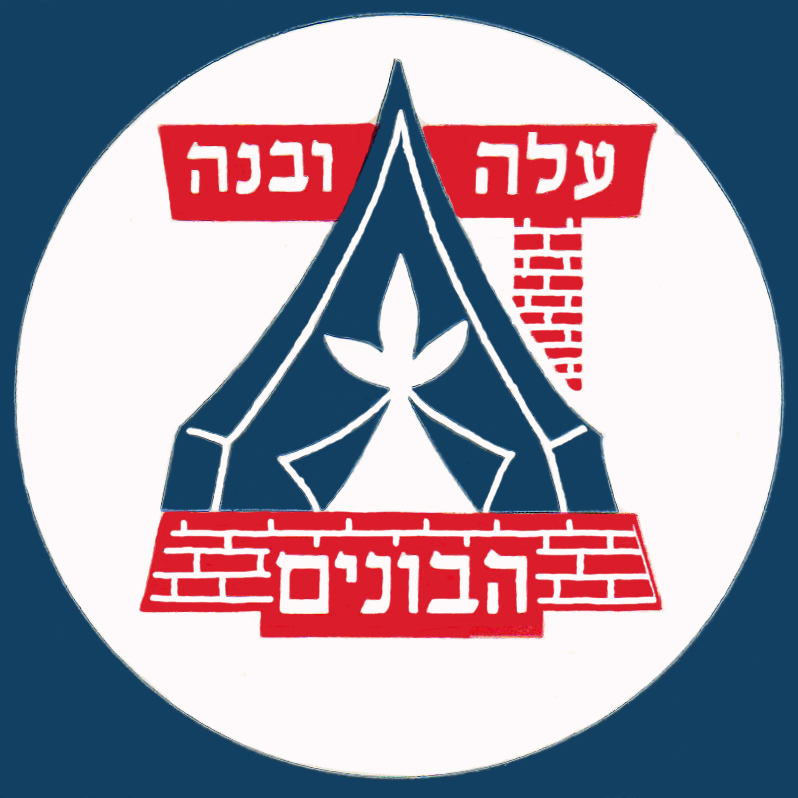We went through a series of exhibits, all which were incredibly well done, yet not over the top. The exhibits we went throgh included the following: One that explained the rise of Hitler and his regime, including the step by step process of their conquering all the countries which fell to the Reich, one nice exhibit dedicated to the righteous among the nations, where different stories were told of those who risked their lives to saving Jews, an exhibit dedicated to Janos Korchek and the kids he gave his life for. Janos beleived that children had the same rights as adults, and created an environment where kids essentially were given the power to govern themselves. They had a court system, and learned life skills through informal education. Another exhibit we went through was an exhibit explaining the Warsaw Ghetto Uprising, and the role of the youth movements. Among all the other topics we focused on during the seminar, this was perhaps one we focused a great deal of time on.
Before I explain a short explanation, again it is important that we review the three NO's which had served as a guide for the Jewish people throughout the Diaspora. 1) Don't return to Israel until the messia. 2) Don't rebel. 3)Don's rush the messia. Not much has changed in regard to these roles in the Jewish communities in the mid 1900's, accept for Zionism was on the rise. Keeping the three no's in mind, as Jew's were put into the Ghetto, there was rare thought about rebellion, as persecution of this sort was something most Jews have grown accustomed to. However, as the situation grew worse, and more and more Jews were forced into the ghetto, the need for some sort of rebellion grew more and more. 500,000 Jews were crammed into the ghetto, and disease began to spread. Additionally, new restrictions against the Jews became more a part of daily life. In the midst of all this, Jewish youth movement leaders became weary of the situation, and made sure the movement's existence only grew stronger through these times. Hashomer Hatzair and Dror were a focal point of the movements. Leaders such as Frumka, Tuviah, Tzivia, Mordechai annelevich, Yosef Kaplan and Yitzhak Zukerman. These leaders had fled from the ghetto, but yet could not leave their chanichim behind. When they returned to the Ghetto, they organized themselves. They ran peulot for chanichim, and educated on how they were to rebel. In an effort to change things up on this blog, here are some visual aids!

Here is a graphic of the movements uniting. Note: The Bund was hesitant to join, because their ideology was slightly conflicting.

Next is a picture of the cove of a choveret composed by the youth movement leaders of Dror. The purpose of this Choveret was to unite the youth by educating. In these choveret, were texts for peulot,an educational method still in use in the Dror, now Habonim Dror movement.

Here is a picture giving a brief description of the movement leaders, the movement they came from, and their accomplishments. Above is a map, showing where they were before they returned to their Chanichim in the Ghetto.
The Youth movement's played an extremely important role in the uprising. For an incredible speech made by Zivia, you can look to the right in the margin, and read her speech where she explains that it is the Youth Movement that gave her the strength to taking part in the uprising.
-Off we go to Poland to learn more about the choices made in the Holocaust, and to uncover important questions we are faced with as individuals, as Jews, and as members of Habonim Dror.








No comments:
Post a Comment